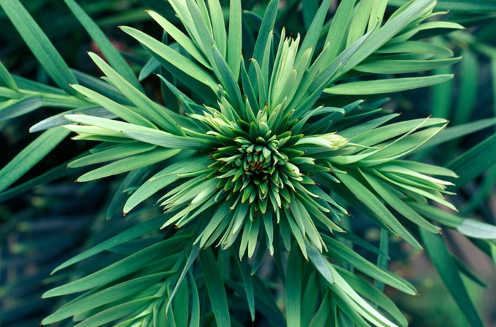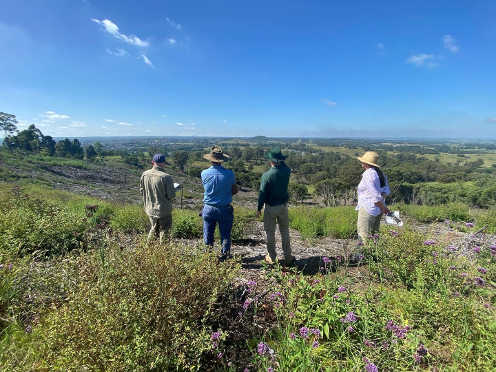Genetic diversity discovered in Wollemi Pine for the first time
The Wollemi pine lives in just four secret sites within one canyon system in the Wollemi National Park but fossil evidence suggests it was once widespread across Australia.
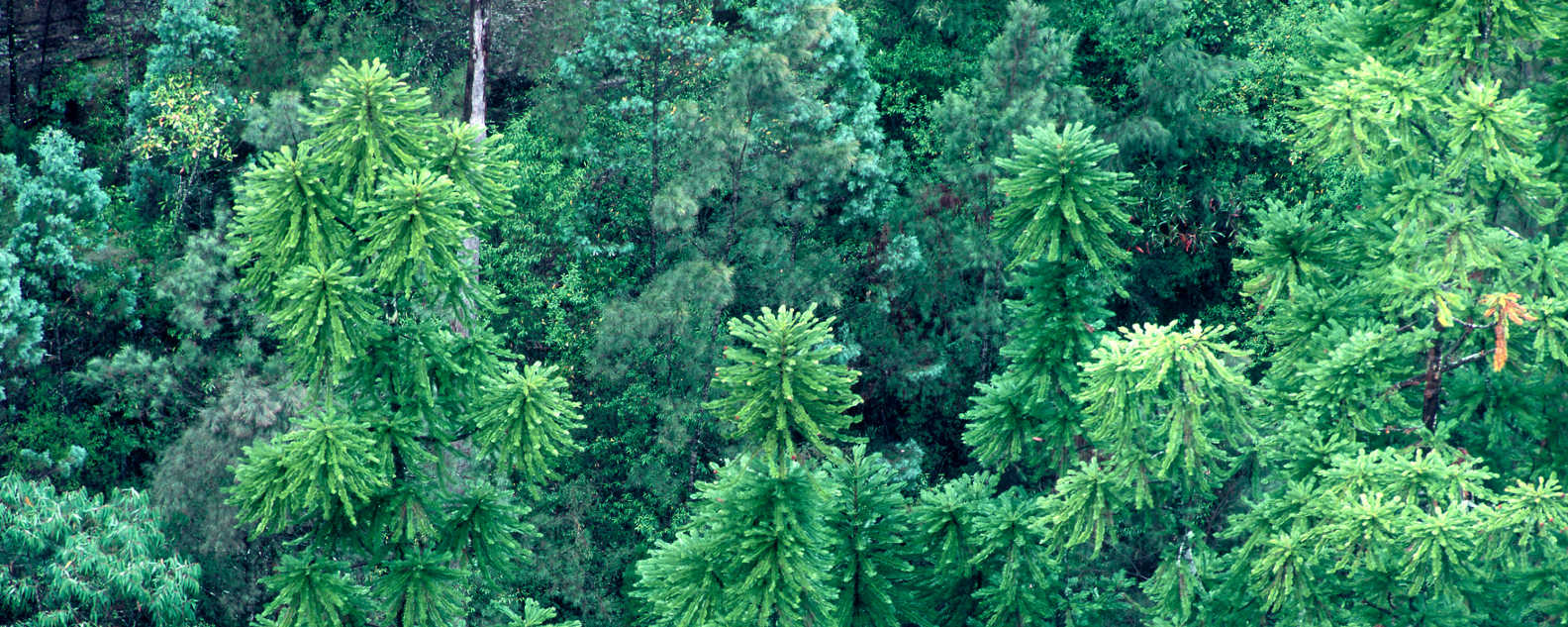
Since the surprise discovery of the ancient Wollemi pine (Wollemia nobilis) in 1994, no genetic variation had been detected in this extremely rare tree. Scientists at the Royal Botanic Garden Sydney have recently announced the discovery of genetic differences between individuals, using the latest and most advanced genomic techniques. Although only small amounts of genetic variation have been found, this is a major breakthrough in the race to save the Wollemi pine and a major milestone in the rapidly progressing field of plant genetics.
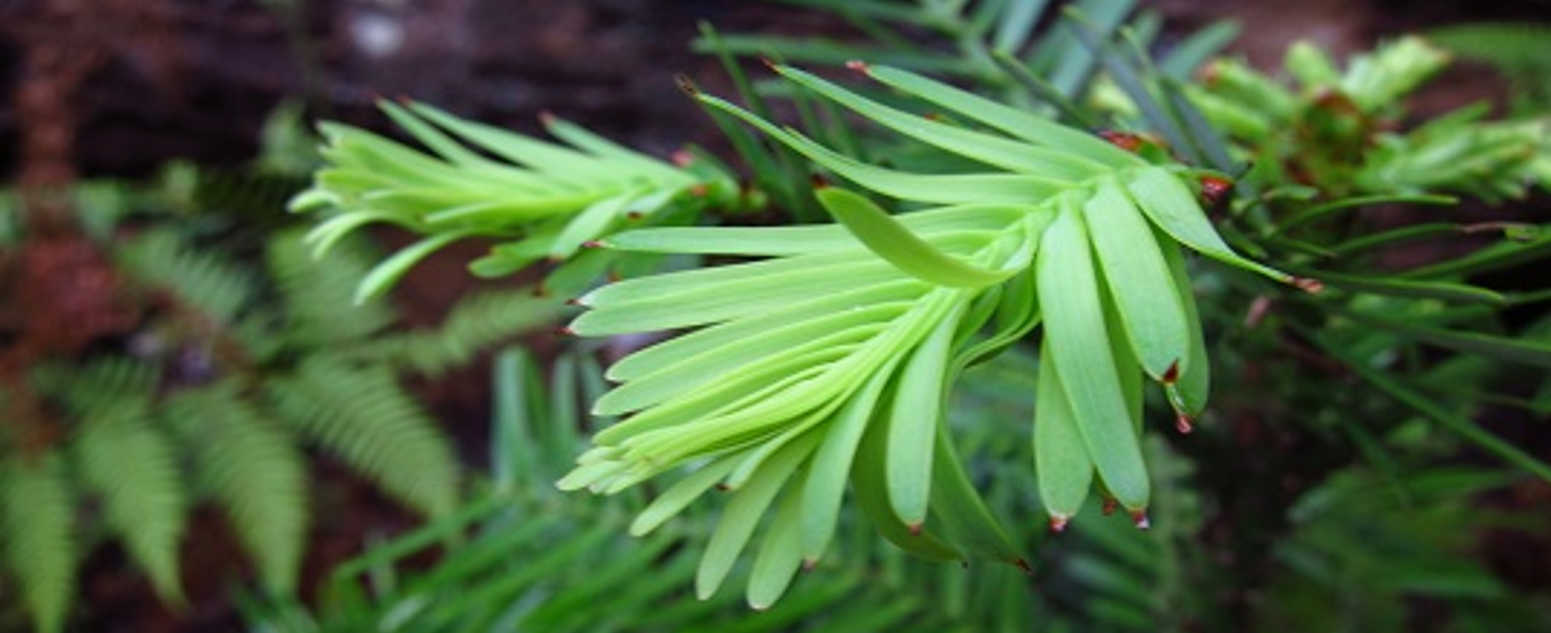
The Wollemi pine lives in just four secret sites within one canyon system in the Wollemi National Park but fossil evidence suggests it was once widespread across Australia. With such a small remaining wild population, it is critically endangered and the subject of a variety of research projects to ensure its survival against fire, climate change and disease.
Although able to reproduce both sexually and through self-fertilization, previous studies have shown it to have low fertility rates and only 10% seed viability. A genetic analysis of the wild populations in 2003 did not reveal any differences between individual trees, including the thousands that have been propagated and sold worldwide.
The research used fresh leaf samples from 20 wild individuals and additional 45 trees of known provenance, growing at the Australian Botanic Garden Mount Annan. These samples represent all accessible trees in the wild, ensuring maximum coverage in the hunt for differences in DNA. Sequencing was outsourced to the Ramaciotti Centre for Genomics (University of New South Wales), DNA preparation and data analyses were performed at the Royal Botanic Garden Sydney.
The results of the sequencing, using DNA from chloroplasts, revealed three distinct genetic groups or chlorotypes, an achievement that one of the researchers, Dr Maurizio Rossetto describes as a fascinating outcome. “We think this is the first time that this sort of sequencing has been used to identify genetic differences within an endangered species with previously undetectable variation”
Dr Rossetto is thrilled at the potential applications of this information saying, “Knowing that we have different genetic individuals will allow us to select the right mix when we save seeds, propagate plants and prepare new wild sites, or translocations. In the past getting detailed genetic information was too expensive and time consuming. I can see it becoming a fundamental part of all future conservation work”
1. What has been discovered about Wollemi pine genetics?
Until now, no genetic variation had been found amongst individual Wollemi pine trees despite extensive genetic research. New research by the University of NSW and the Royal Botanic Garden Sydney has for the first time found low genetic variation between some individual trees in the wild and research populations.
2. How was this discovery possible?
Advanced genomic techniques known as Next Generation Sequencing (NGS) have enabled the use of whole chloroplast genome (cpDNA) sequencing to detect cpDNA variation in species such as the Wollemi pine, that have low genetic diversity.
3. What was the method used in this research?
Fresh leaf material was collected from 65 individual trees at the wild site and the collection at the Australian Botanic Garden Mount Annan, representing all individuals across all four wild sites. DNA was extracted from the leaf material, pooled by site and sent to the Ramaciotti Centre for Genomics (University of New South Wales) for Next Generation Sequencing. Bioinformatic analyses of the sequence data (to obtain cpDNA and identify variants at each site) were performed at the Royal Botanic Garden in Sydney.
4. How much genetic diversity has been found?
The findings confirm that there is very low variation in the Wollemi pine population. Three different “chlorotypes” or genetic lineages were identified, one dominant and two rare.
5. What are the implications of this research?
Future conservation efforts including translocation, cultivation and seed storage will include all three lineages (balanced numerically) to maximise genetic diversity in future stock. Maintaining maximum genetic diversity in the wild, in the form of translocations, could act as an insurance against disease or changing conditions that could cause extinction.
6. Why is there such low genetic diversity?
With such a small population of individual trees remaining in the wild, it is thought that the low variation could be a consequence of an evolutionary bottleneck. Previous studies have shown the species to have low fertility rates with only 10% of seeds proving viable. Some of the wild trees are thought to be more than 500 years old due to coppicing, where the tree sprouts new trunks over time to stay alive.
7. What are the details of the published research?
Whole-chloroplast analysis as an approach for fine-tuning the preservation of a highly charismatic but critically endangered species, Wollemia nobilis (Araucariaceae)Abigail Greenfield, Hannah McPherson, Tony Auld, Sven Delaney, Catherine A. Offord, Marlien van der Merwe, Jia-Yee S. Yap and Maurizio Rossetto
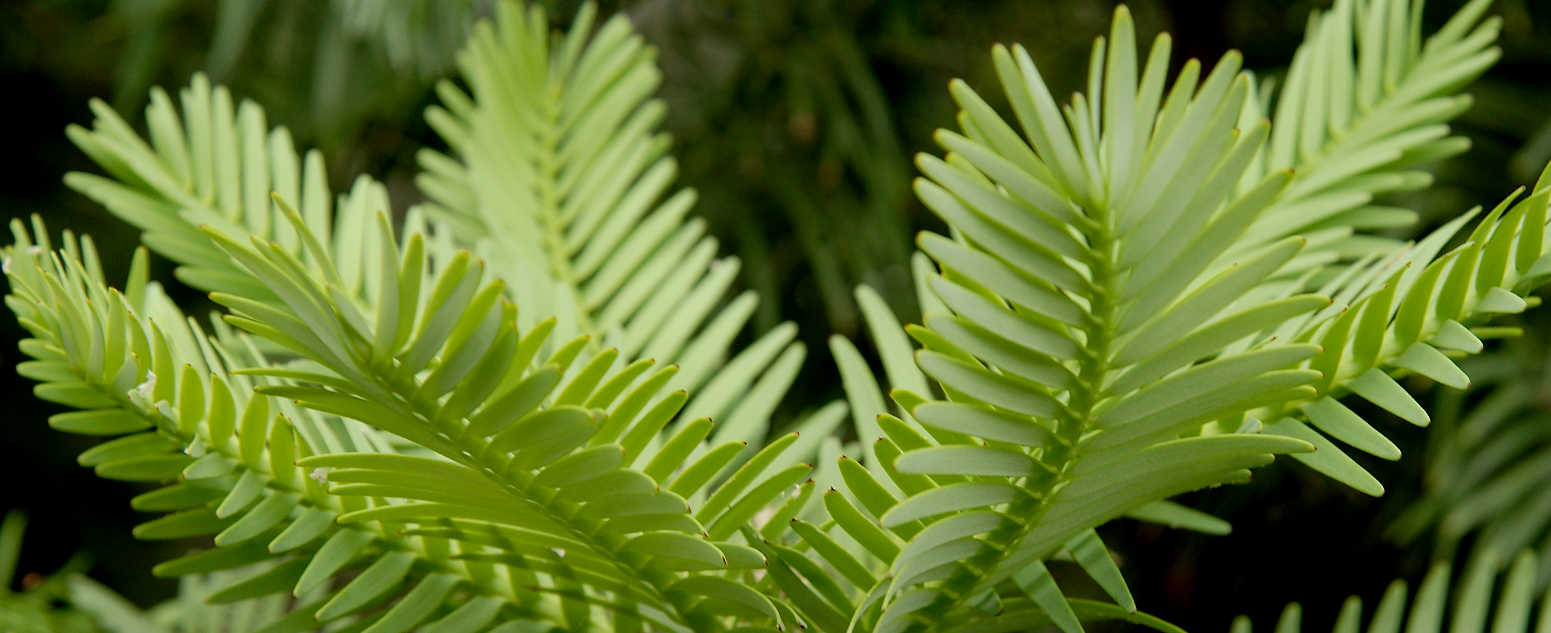
Who can I contact about about this research?
Dr Maurizio Rossetto, Senior Principal Research Scientist, Manager Evolutionary Ecology
Dr Hannah McPherson, Technical Officer Biodiversity Genomics
Related resources
